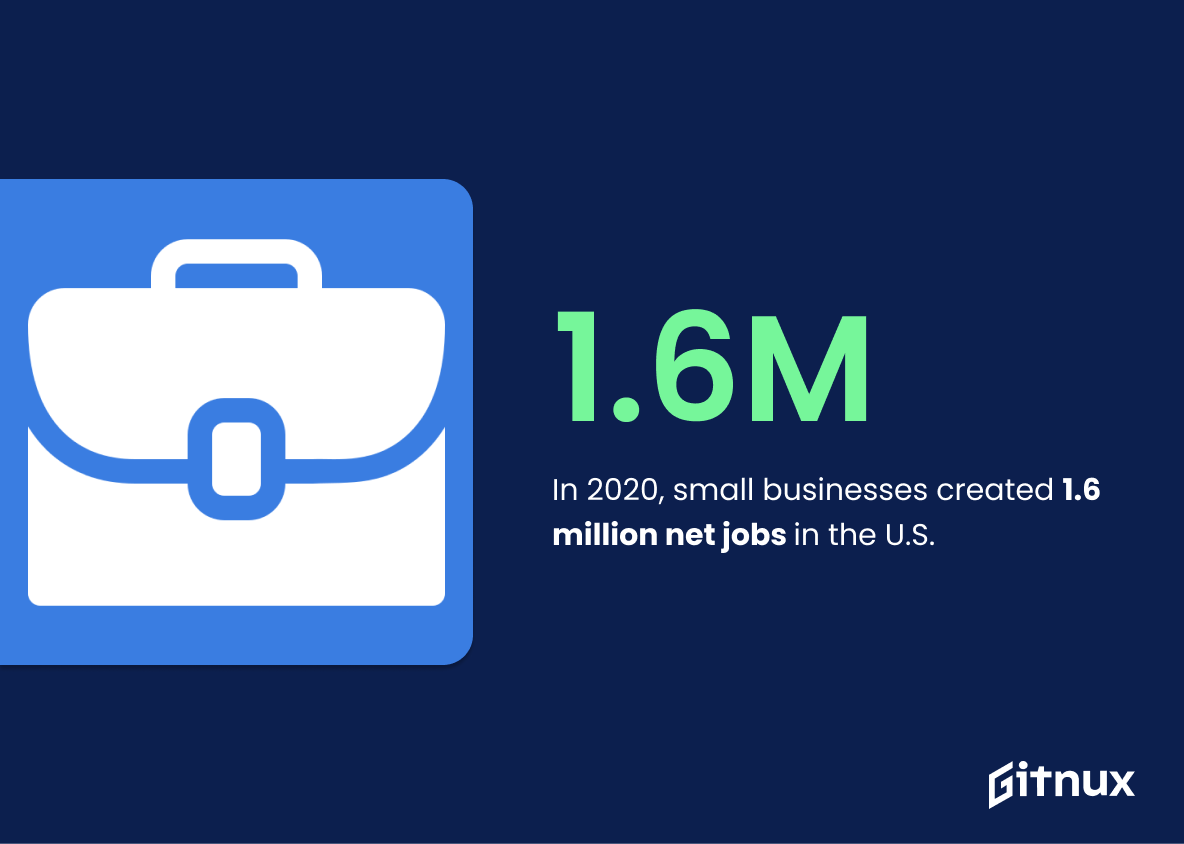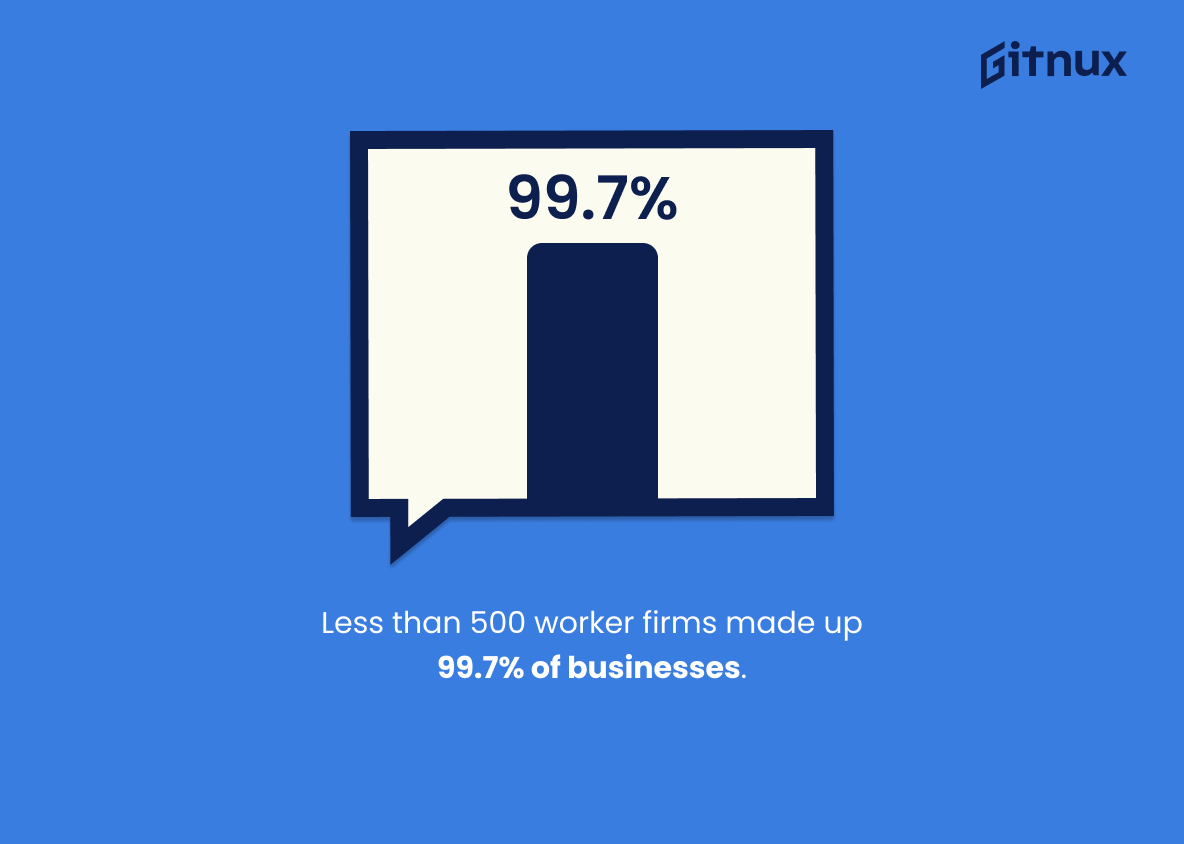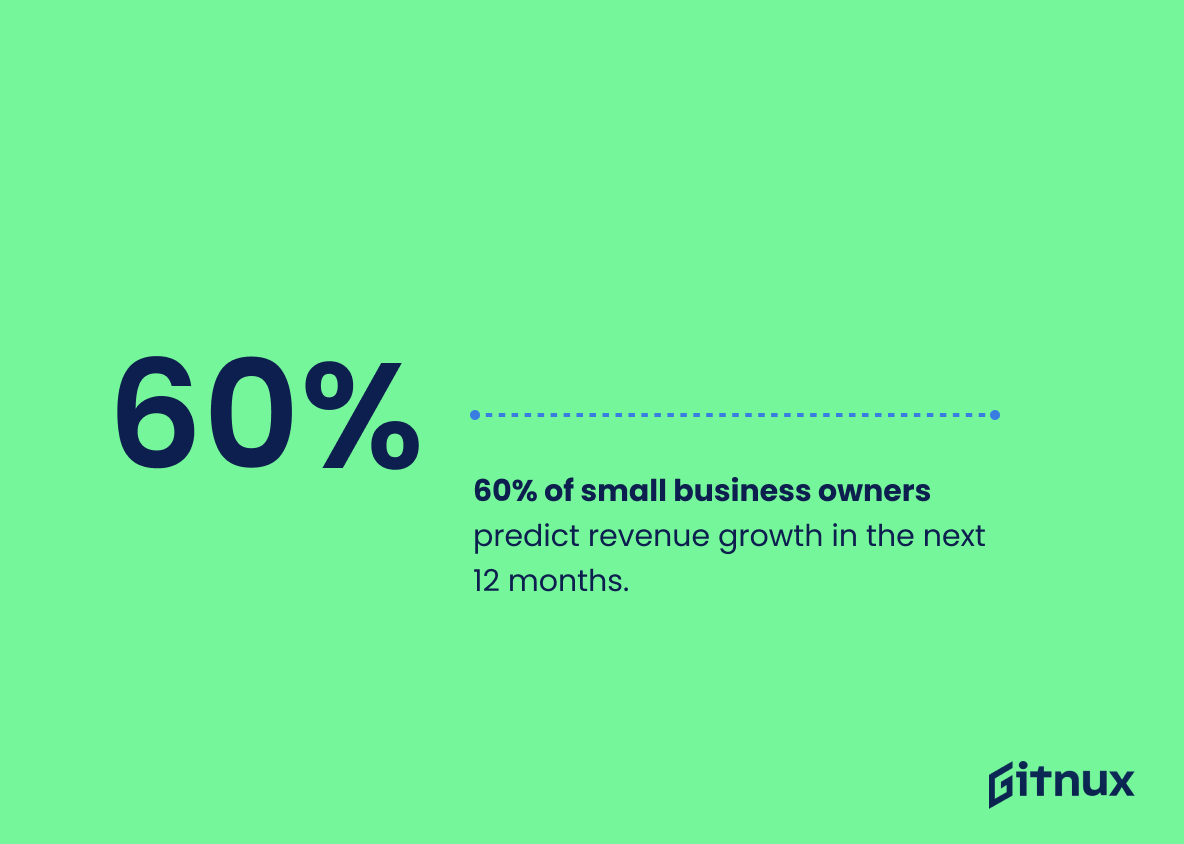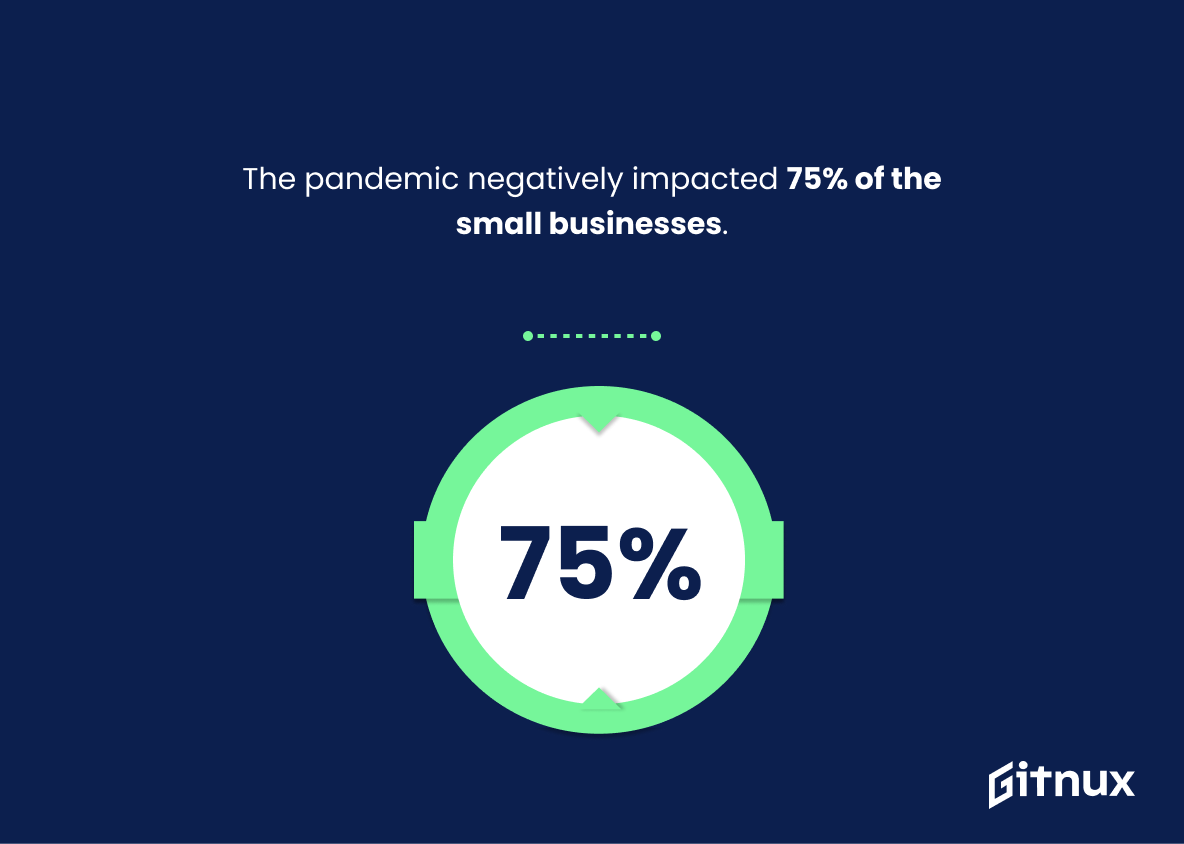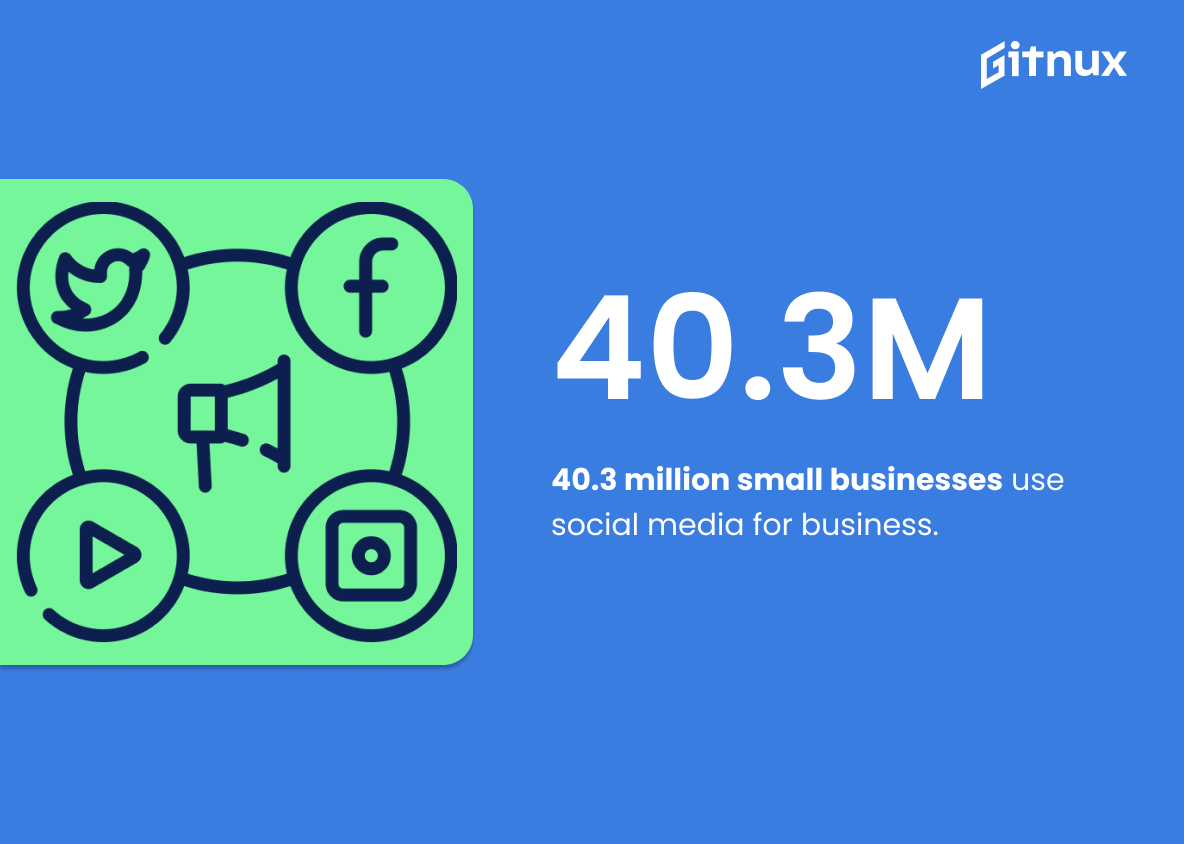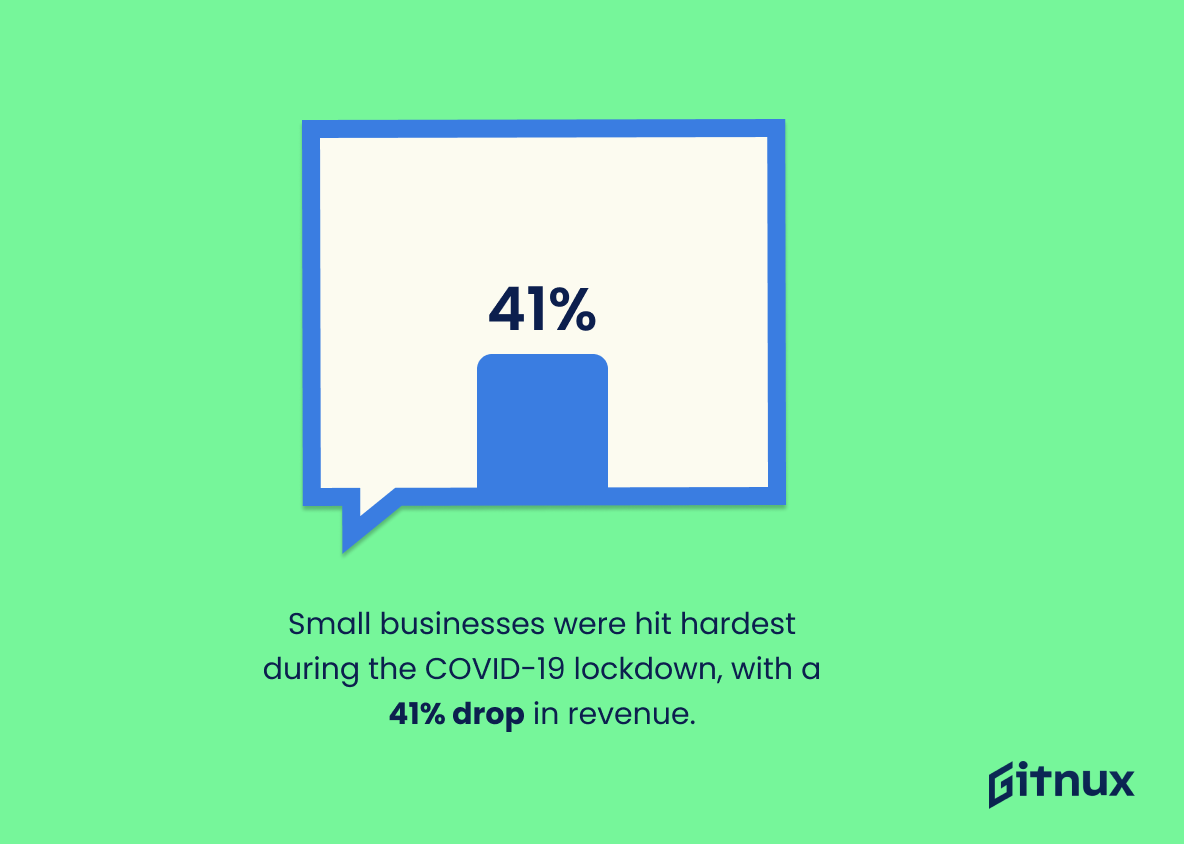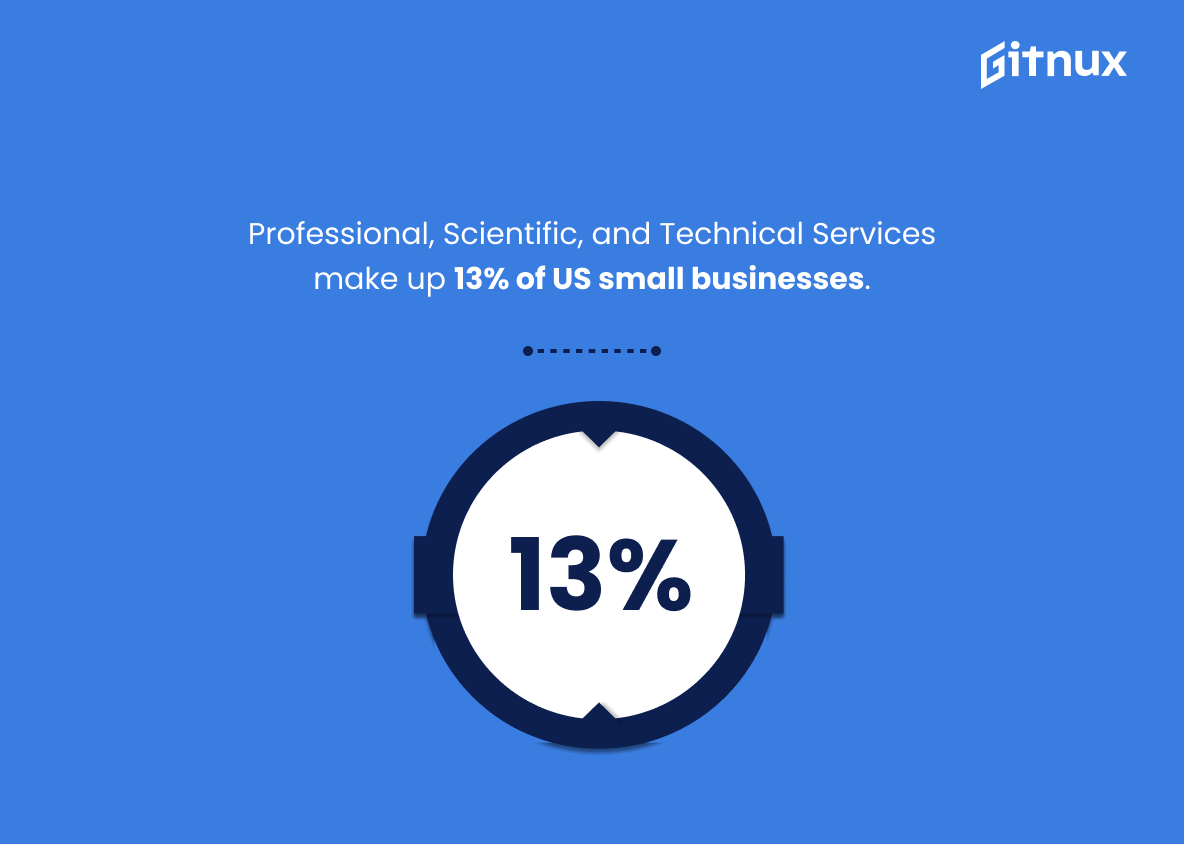Understanding the economic landscape is essential when venturing into any business sector, including the small business industry. With more entrepreneurs taking the leap and launching their own ventures, it’s crucial to step into the arena armed with as many facts and figures as possible.
The following blog post will provide a comprehensive view of interesting and critical small business industry statistics, which will undoubtedly serve as a valuable resource whether you’re a seasoned business owner or just starting out. Prepare to dive deep into a veritable trove of information that has the potential to dramatically shape and influence the roadmap of your small business journey.
The Latest Small Business Industry Statistics Unveiled
In 2020, small businesses created 1.6 million net jobs in the U.S.
Showcasing the accomplishment of small businesses in producing 1.6 million net jobs in the U.S during a period as challenging as 2020 is a bright beacon in the narrative of industry statistics. This feat accentuates the resilience and agility of small businesses, demonstrating their indispensable role as the backbone of the economy and their capacity to drive job creation.
Furthermore, it tunes us to the upbeat rhythm that despite the economic upheaval, these miniature powerhouses stepped up to bolster the employment landscape. This statistic is, therefore, not only a testament to the vitality and relevance of these enterprises but also an inspiring headline in the unfolding story of America’s economic recovery.
Firms with fewer than 500 workers accounted for 99.7% of those businesses.
Diving into the heart of the Small Business Industry Statistics, the revelation that firms with under 500 workers constitute a staggering 99.7% of all businesses unfolds a panoramic view of the industry’s landscape. This figure is pivotal, painting a vibrant picture of small businesses as the pulsating lifeblood of our economy.
With this revelation, one comprehends the vast, sprawling network of these businesses actively creating opportunities, driving innovation, and fueling growth. A statistic of this magnitude provides tangible evidence of the potent role small businesses have on the economy while reinforcing their immense and often underappreciated contribution.
60% of small business owners expect their revenues to increase in the next 12 months.
Peering into the minds of small business owners through this statistic, we unravel an atmosphere of optimism. The figure – an impressive 60% – clearly indicates a thriving pulse in the heart of the small business industry, radiating anticipation of growth in upcoming revenues.
Within the narrative of a blog post on small business industry statistics, this nugget of information enriches our understanding of what the future might hold, offering a silver lining amidst the often challenging entrepreneurial landscape. Furthermore, it emphasizes a promising economic forecast for the sector, which could inspire audiences, from budding entrepreneurs to established business magnates, when making strategic decisions or predictions for the industry’s trajectory in the next 12 months.
The U.S. small business sector is home to nearly 31.7 million businesses.
Unveiling the grandeur of the small business landscape, it’s a revelation that the U.S. small business heartbeat pulses at an astounding 31.7 million businesses. It’s like picturing a constellation where every star represents a business, painting a vivid image of just how densely packed our entrepreneurial sky is. This figure elevates the narrative by demonstrating the magnitude of the small business ecosystem, revealing it as a vital cornerstone of the national economy, and a vital part of the American dream. It’s a clear portrait of our nation’s fearlessness when it comes to taking the entrepreneurial leap, driving innovation, regional growth, and job creation, heroically anchoring the economy especially during tumultuous times.
The pandemic negatively impacted 75% of the small businesses.
Examining the plight of the small business industry during the pandemic, it’s impossible to overlook the critical statistic – that a staggering 75% of these entities faced negative impacts. This revelation does more than just offer a number; it paints an elaborate mural of hardship encumbered by the small businesses. It flagrantly exposes the vulnerabilities within the sector, underlining the pressing need for more robust crisis management strategies.
Additionally, from a recovery standpoint, this gravitates attention towards the potential gaps and opportunities for reform, resilience, and growth that economic plans should address. Thus, this numeric detail elegantly whispers stories of struggle and resilience, fundamental to the narrative of Small Business Industry statistics.
40.3 million small businesses use social media for business.
Diving deeper into the realm of Small Business Industry Statistics, we encounter a pivotal piece of data. An impressive figure to note is the 40.3 million small businesses utilizing social media for their business activities. This not only elucidates the expanding digital reach of small businesses but also underlines an evolving trend in their marketing strategies.
It sketches a persuasive image of a modern small business owner, adapting to the digital era, harnessing the power of social media to create robust relationships with existing customers and tap into potential markets. Furthermore, it serves as a powerful indicator of the growing reliance on and essence of digital networking in the business arena, painting an unmissable stroke on the canvas of industry statistics.
Small businesses were hit hardest during the COVID-19 lockdown, with a 41% drop in revenue.
Painting a poignant image, the significant plunge of 41% in revenue for small businesses during the COVID-19 lockdown underscores the profound impact of global crises on these enterprises. Within the confines of an article centered around small business industry statistics, this striking data point serves as a potent illustration of the volatility and vulnerability such businesses may face.
It not only highlights the pressing need for robust disaster management and contingency plans but also underlines the inherent resilience and adaptability required to survive in such challenging market conditions. Hence, in the vast canvas of small business industry statistics, this particular revenue drop embodies a testament to survival in adversity, making it an arresting focal point for readers.
Female ownership of businesses grew by 70% between 2007 and 2018.
Delving into the fascinating world of small business industry statistics, it’s noteworthy to accentuate the eye-opening upsurge in female entrepreneurship. A sensational 70% growth in female business ownership was observed between 2007 and 2018. This powerful shift not only shatters traditional gender norms but also underlines the expanding role of women in driving economic development.
Increased female entrepreneurship suggests an evolution of the small business landscape, introducing diverse leadership styles, decision-making abilities and innovative ideas which add vibrancy in the sector. It reflects the crumbling barriers for females in the business world and expresses the potential for further growth. Hence, your understanding of small business industry dynamics would surely be incomplete without acknowledging this magnificent wave of femme-preneural force.
The average small business owner is 45-54 years old.
Peeling back layers of the Small Business Industry Statistics, one might discover a vein of valuable insight. Specifically, consider the prevalent age bracket of these business owners, which typically falls between 45 to 54 years. This revelation paints a picture of the industry: A realm dominated by those who’ve gathered a wealth of knowledge, experience, and aptitude over the years.
Yet, it goes beyond just being an intriguing fact. Imagine the gravity this has for marketers aiming their services or products towards this group. Gaining understanding of their likely interests, concerns and every day challenges poised by these seasoned individuals in their 40s or 50s might be the key to a successful marketing strategy.
Additionally, this statistic could signal potential industry shifts. As these older business owners near retirement age, the small business landscape could be primed for an impending influx of younger entrepreneurs. Consequently, the industry may prepare to scaffold these future businesses, potentially inducing changes in support structures, regulations, and growth patterns.
And let’s not overlook the implications for budding entrepreneurs. Seeing that the average small business owner falls within this age range may instill them with the confidence that their dreams are not dictated by the constraints of youth or the advancement of age. They have time to gain experience and wisdom, adding value to their entrepreneurial journey.
In essence, the age of the average small business owner injects context into our understanding of the small business realm – offering guidance to budding entrepreneurs and establishing demographics for marketers, simultaneously signposting potential industry evolution and change.
Professional, Scientific, and Technical Services compromise the largest group of small businesses in the US, making up an estimated 13% of the total number.
Weaving into the vibrant tapestry of US small businesses, Professional, Scientific, and Technical Services emerge as a dominant thread, comprising an impressive estimated 13% of the total number. This demonstrates the high demand for and dynamic capacity of entrepreneurs in these sectors, setting the stage for a profound influence on the US economy.
Revolutionary ideas and endeavors sprouting from these small businesses could steer future business trends while simultaneously reflecting the evolving societal needs. As we delve into the labyrinth of Small Business Industry Statistics, this figure stands as a beacon, casting light upon potential growth domains, inspiring budding entrepreneurs, and shaping policy formulation.
78% of small businesses have a positive outlook on their company’s future.
Peering through the optimistic lens, the crystal ball reveals an encouraging forecast for small businesses. As a shocking 78% unfurl flagships of positivity in their outlook, it elucidates a promising trend in the small business industry statistics. The high percentage not only indicates a significant economic confidence and resilience among entrepreneurs, but it also underscores the salient potential for job creation and further economic development.
With such a prevalent sense of positivity, vast opportunities for innovation, market disruption, and industry evolution emerge, underpinning the vital role small businesses play in the fabric of our economy. This numeric manifestation gives the green light to aspiring entrepreneurs, investors, and policymakers to invest more time, resources, and faith into these small economic engines – charting a prosperous course for the industry’s future amidst the high tides and low ebbs of marketplace realities.
Sole proprietorships make up 73% of all small businesses.
Unveiling the curtain and stepping into the world of small business industry statistics, we are greeted with an intriguing highlight – sole proprietorships constitute a significant 73% of all small businesses. Painting a more vivid picture of the small business landscape, this statistic anchors us to the prominence of one-man business operations, providing crucial insights to the blog readers.
Offering a deep dive into the prevalence of single-handed entrepreneurship, it portrays the ease of setting up these businesses and the better control they offer to entrepreneurs over their operations. Furthermore, this underscores potential areas of growth, challenges, and opportunities unique to this business model, be it in terms of self-reliance, minimal legal formalities, or lower operational costs. This statistical role-play undoubtedly enriches and adds a sharper dimension to our narrative on small business industry statistics.
Over 50% of the US’s 30.7 million small businesses are home-based.
Delving into the heart of small business industry statistics, you’ll encounter a fascinating revelation: over half of the US’s 30.7 million small businesses have taken root right at home. This nugget of data shatters the conventional image of towering office buildings and bustling corporate environments, underscoring that successful entrepreneurship often sprouts from within the comfort of one’s living room.
Painting a vibrant landscape of innovation and resilience, it emphasizes the adaptability of these entrepreneurs who are reimagining the very definition of workspace. These home-based endeavors highlight the reduced overhead costs, enhanced flexibility, and the intriguing shift towards transforming personal space into lucrative commercial hubs.
In a world increasingly inclined towards digitalization and remote working, this fact strengthens the argument for continued support and investment into the small business sector. It serves as an inspiration for budding entrepreneurs and a testament to the revolutionizing business dynamics that have the potential to redefine our economic future.
E-commerce sales for U.S. Retailers in 2019 were $601.7 billion, an increase of 14.9%.
The picture of small business industry statistics becomes more vivid with the inclusion of the electrifying figure of $601.7 billion. This isn’t just a number: it’s a testament to the skyrocketing progression of e-commerce sales for U.S. retailers in 2019, showcasing an uphill surge of 14.9%.
It’s an emblem of the transformative shift towards online platforms, signifying the huge opportunities that the digital marketplace offers for small businesses. This statistic, therefore, presents a clarion call to small businesses, emphasizing the importance of embracing e-commerce and adapting to this continually evolving business ecosystem.
Conclusion
In summation, small businesses play a monumental role in the backbone of our economy, stimulating growth and fostering innovation. Analyzing the industry statistics covered in this blog, we see an entrepreneurial landscape that’s constantly evolving, tackling challenges, and making significant contributions across various sectors. These statistics not only underline the importance of small businesses but shine a light on the areas that demand further attention and support.
As the industry trends shift and technologies emerge, small businesses will continue to shape our economic future, thus underlining the importance of keeping a close eye on their progress. Businesses, policymakers, and stakeholders alike would do well to stay informed about these trends and capitalize on opportunities that will influence the future of small businesses. Ultimately, it’s evident that small businesses aren’t just surviving, they are paving the way for a resilient, diverse, and dynamic economy.
References
0. – https://www.about.americanexpress.com
1. – https://www.www.guidantfinancial.com
2. – https://www.nrf.com
3. – https://www.www2.deloitte.com
4. – https://www.smallbiztrends.com
5. – https://www.www.census.gov
6. – https://www.www.nber.org
7. – https://www.www.sba.gov
8. – https://www.www.freshbooks.com
9. – https://www.www.visualcapitalist.com
